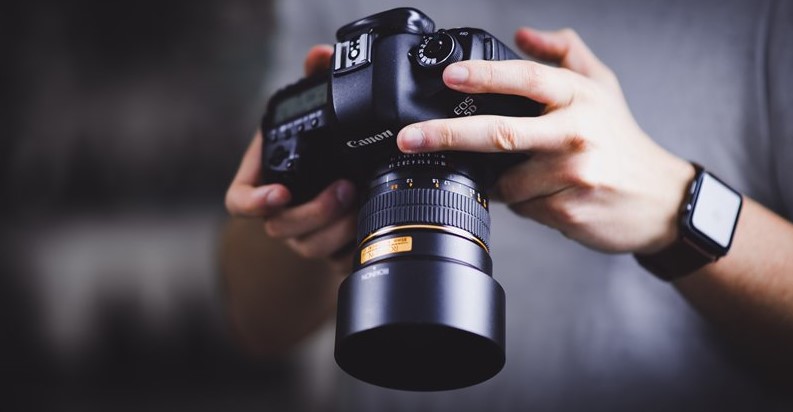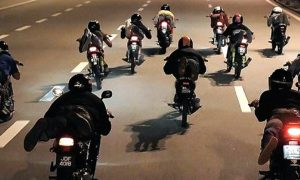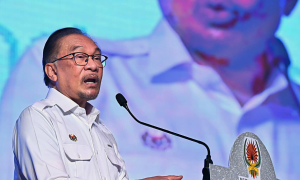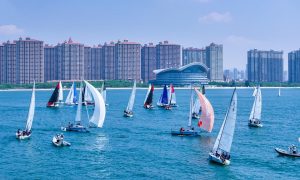This article is written by Jennifer Dawson.
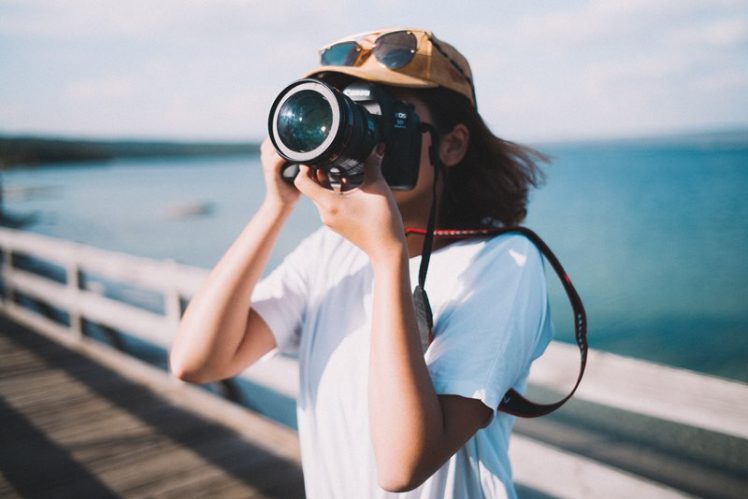
Malaysia is a tropical paradise best known for its rainforests, beaches, impressive sceneries and festivals. The pristine beaches of the Perhentian Island house some of the best dive areas in Asia, according to Adventure In You. As an expat, you can travel the country socializing with the traditional tribes or trekking through the vast national parks of Gunung Mulu, and Taman Negara as you watch wild animals.
But what is travel if you don’t preserve the memories and share your experiences with friends? As Cesare Pavese puts it, “We do not remember days, we remember moments.” Thus, it’s important to capture and store memories that will last for generations. With today’s technology, you can take, access, edit and backup all your travel photos and documents without having to carry a computer around.
Storing photos in SD cards
With the cost of data storage becoming more and more affordable, there is no limitation to how much capacity you should have as you explore Malaysia. Though micro SD cards are becoming more popular in cameras and drones, the SD card remains a popular option for mirror-less and DSLR cameras. While they are relatively affordable and compact, it is hard to tell which SD card is right for your camera. The most important specifications to consider are the capacity, price, type and the class of the SD card as they affect the compatibility and copying speed.
There are 2 main types of SD cards namely SDHC (Secure Digital High Capacity) and SDXC (Secure Digital Extended Capacity). The former commences at 2GB and maximizes at 32GB while the latter starts at 32GB with a maximum capacity of 2TB. When planning on the storage capacity to carry, think about the length of your vacation and an estimate of photos you plan to take.
Sharing and backing up without a computer
One of the biggest challenges facing travel photographers is backing up of their photos. This is because they do not have access to their homes and they often experience slow internet speeds. Whether you plan to visit the beaches or head to Borneo to explore the jungle, you can only carry as much weight. As such, you should use alternative back up methods instead of carrying a bulky computer. Luckily, most of the tasks such as sharing and editing can be achieved through any recent smartphone and tablet. Besides, these gadgets have longer battery life and more reliable connectivity. To safely backup your files, carry multiple SD cards and rotate them such that if one fails, you have something left to spare.
Additionally, you can opt to upload your photos to the cloud, but this method requires a strong internet connection which might be hard to receive in the jungles. If you have an android phone with an internal micro SD expansion slot and an On-The-Go micro USB port, you could connect your camera and phone using an OTG cable, and use an application to back up onto the mounted micro SD. Micro SDs are small, light, cheap and available in high storing capacities, which makes them a perfect solution for lightweight tourists visiting an adventurous country like Malaysia.
From delicious foods of many cultures, festivals, wildlife and beaches, Malaysia has a lot to offer to travelers. As you tour, capturing the enjoyable moments is essential as it will allow you to preserve and share them with your friends. To achieve this, always make sure that you are adequately equipped with the necessary technology. SD cards and micro SDs are vital as they will allow you to store, backup and manage your files efficiently. As you purchase them, always conduct sufficient research and go for well-renowned brands so that you don’t get disappointed in the middle of your travel.
"ExpatGo welcomes and encourages comments, input, and divergent opinions. However, we kindly request that you use suitable language in your comments, and refrain from any sort of personal attack, hate speech, or disparaging rhetoric. Comments not in line with this are subject to removal from the site. "


